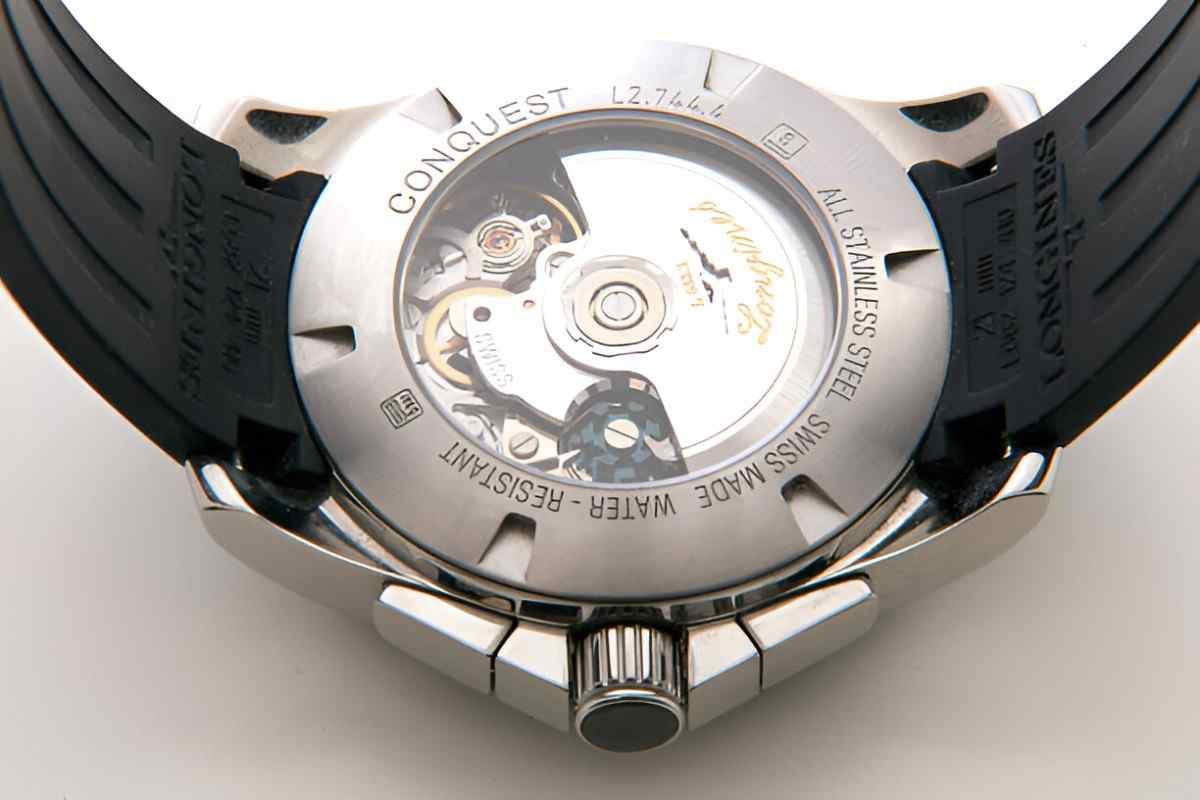In the world of horology, certain brands capture attention for their craftsmanship, heritage, and investment potential. Among these, Grand Seiko stands out for its precision, artistry, and innovative watchmaking. But are Grand Seiko watches a good investment? Let’s explore this question in depth, examining history, craftsmanship, market trends, and potential returns to give a comprehensive answer.
Table of Contents
Understanding Grand Seiko’s Legacy
Grand Seiko emerged in 1960, a Japanese response to the Swiss dominance in luxury watches. Seiko’s quest was straightforward: create timepieces with unmatched accuracy, durability, and beauty. This blend of tradition and technology sets Grand Seiko apart.
To understand whether Grand Seiko watches hold investment value, you must first appreciate their unique attributes:
- Craftsmanship: Each piece is handcrafted with meticulous attention.
- Innovation: Grand Seiko pioneered technologies like Spring Drive and Hi-Beat movements.
- Design: The brand’s aesthetic adheres to Japanese minimalism with striking details.
Investment Appeal: The Criteria
Evaluating watches as investments involves several criteria:
- Brand Reputation: Does the brand inspire trust?
- Rarity: Are the pieces limited or exclusive?
- Market Demand: Is there consistent interest?
- Condition and Preservation: Will the item age well?
- Historical Significance: Does the model have a unique story?
Grand Seiko’s reputation as a luxury watchmaker, coupled with its emphasis on limited editions and high craftsmanship, ticks several of these boxes.
Comparing Grand Seiko With Other Investment Watches
Here’s a comparison table highlighting key factors among Grand Seiko, Rolex, and Patek Philippe:
| Feature | Grand Seiko | Rolex | Patek Philippe |
|---|---|---|---|
| Starting Price | $3,000 – $6,000 | $7,000 – $10,000 | $20,000+ |
| Limited Editions | Frequent | Rare | Occasional |
| Resale Growth (5 yrs) | 15%-25% | 30%-40% | 40%-50% |
| Craftsmanship | Exceptional | High | Exceptional |
| Prestige | Growing | Established | Elite |
While Grand Seiko’s resale value grows more slowly than Rolex or Patek Philippe, its lower entry cost makes it accessible to new investors.
Market Performance: Grand Seiko
Let’s examine the performance of specific models over time:
| Model | Release Year | MSRP at Launch | Current Value (2025) | Growth (%) |
|---|---|---|---|---|
| SBGA211 “Snowflake” | 2010 | $5,800 | $7,000 | 20.7% |
| SBGW253 “First Re-Edition” | 2017 | $8,000 | $12,000 | 50% |
| SBGH267 “Hi-Beat” | 2018 | $6,200 | $8,500 | 37% |
Key Takeaways
- Steady Growth: Grand Seiko watches generally appreciate over time, particularly limited editions.
- Model-Specific Value: Not all models increase in value equally—rarity and uniqueness play pivotal roles.
Why Consider Grand Seiko?
From my perspective, there are several compelling reasons to invest in Grand Seiko:
1. Affordability and Quality
Unlike many luxury watch brands, Grand Seiko offers entry points for under $10,000. These watches rival higher-priced counterparts in precision and design.
2. Rarity and Exclusivity
Grand Seiko frequently produces limited editions. For example, the SBGW253, a re-edition of its first model, saw only 1960 units made—a direct nod to the year of its debut.
3. Underappreciated Market
The broader market often underestimates Grand Seiko compared to Swiss brands, making it a hidden gem. As more collectors recognize its value, demand—and prices—could rise.
4. Heritage and Innovation
The brand’s history and technological innovations provide a compelling narrative that resonates with enthusiasts.
Risks of Investing in Grand Seiko Watches
No investment is risk-free. Here are some challenges:
1. Market Awareness
Despite growing recognition, Grand Seiko lacks the universal brand prestige of Rolex or Patek Philippe. This affects resale potential in less knowledgeable markets.
2. Model Saturation
Releases of too many models could dilute exclusivity, impacting long-term value.
3. Economic Factors
Luxury watch markets can be volatile during economic downturns, potentially reducing demand.
Examples of Potential Returns
Let’s calculate potential returns using a hypothetical scenario:
- Initial Investment: $6,000 on a Grand Seiko SBGA211.
- Holding Period: 5 years.
- Appreciation Rate: 4% annually (conservative).
Using the formula for compound growth:
\text{FV} = \text{PV} \times (1 + r)^tWhere:
- FV = Future Value
- PV = Present Value ($6,000)
- r = Annual Growth Rate (0.04)
- t = Time (5 years)
In five years, the watch could be worth approximately $7,300, yielding a $1,300 return.
Long-Term Prospects
In my view, the long-term prospects for Grand Seiko hinge on:
- Increased Global Recognition: As more collectors appreciate the brand’s value, demand will grow.
- Expansion in Secondary Markets: Platforms like Chrono24 and WatchBox increase accessibility, fueling interest.
- Continued Innovation: Grand Seiko’s commitment to pushing boundaries ensures relevance.
Practical Tips for Investing in Grand Seiko
If you decide to invest, here are some strategies:
- Research Models: Focus on limited editions or historically significant pieces.
- Preserve Condition: Keep the watch in mint condition with original packaging.
- Monitor Market Trends: Stay updated on auction results and collector sentiment.
- Diversify: Don’t put all your funds into one watch or brand.
Conclusion
Grand Seiko watches offer a mix of artistry, precision, and potential for appreciation. While not as universally recognized as some Swiss brands, their growing reputation and quality make them a viable investment option. By carefully selecting models and maintaining their condition, you can enjoy both the intrinsic beauty of these timepieces and the potential financial rewards they bring.





